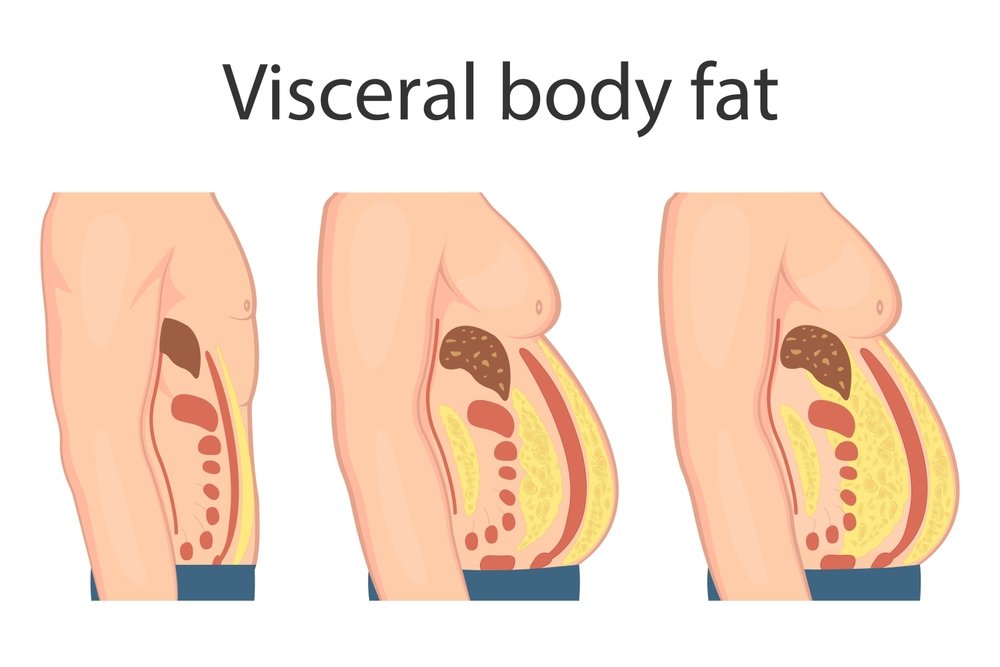Individuals looking to have a sculpted body are often caught between having a diet regime and having liposuction. Both techniques have the same goal of reducing body fat, but they differ in the methods, outcomes, side effects, as well as long-term implications. This in-depth study thoroughly examines the nitty-gritty of liposuction and healthy dieting and intends to advise on the knowledge that will help consumers make intelligent decisions in the process of fat loss.
Has often made them feel torn apart between a good diet and seeking liposuction. The goals of both are to achieve fat reduction; however, the methods, outcomes, side effects, and long-term implications vary significantly. This comprehensive research will delve into the nitty-gritty of liposuction versus healthy dieting and will offer guidance based on knowledge to help consumers make informed choices along the way to fat loss success.
Understanding Liposuction
This is a cosmetic operation whose purpose is to change the body dimensions and contour through liposuction to remove excessive fat accumulation from some specific bodily portions. More popularly known as such, this type of surgery is applied in certain regions of the body, including the abdomen, thighs, hips, arms, neck, and back. Liposuction does not consider losing weight. It rather changes the shape of the body for those who are almost at their ideal weight but have a few stubborn fat pockets that do not budge despite either being put through a diet regime or an exercise regime.
The Liposuction Procedure
Several important phases constitute the liposuction process:
- Depending on the scope of the operation and the sites under treatment, patients can get local anesthetics, intravenous sedation, or general anesthetic to guarantee comfort throughout surgery.
- Incision: Little, barely noticeable cuts are created close to the fat deposits under treatment.
- To loosen unnecessary fat, a thin, hollow tube known as a cannula is placed through the openings. The cannula is attached to a surgical vacuum or syringe to remove the dislodged fat via suture.
Incisions are stitched closed, then the treated sections are bandaged. To reduce inflammation and bolster the new body shape during the recovery process, patients might be told to use compression clothes.
Candidacy for Liposuction
Liposuction is best suited for candidates who usually show the following traits:
- Stable Weight: People who have kept a steady weight for a long time and are within 30% of their perfect weight.
- Elastic skin reduces the possibility of sagging since it adjusts more to new shapes post-surgery.
- Fat deposits that are localized: persistence of resistant fat pockets that have not reacted to conventional weight loss strategies.
- Non-smoker: Smoking might slow down recovery and raise the danger of problems.
Alternatively, people with frequent weight swings, bad skin elasticity, or medical issues that might increase surgical hazards might not find liposuction appropriate.
Risks and Complications of Liposuction
Just like all other surgical operations, liposuction has natural dangers and theoretical problems:
- Anesthesia Risks: Negative responses to anesthesia include pulmonary or heart problems.
- Though infrequent, post-operative infections might happen and need antibiotic therapy or more surgical procedures.
- Seroma formation, pockets of fluid that might call for drainage, is included in fluid Accumulation:
- Wavy or bumpy skin look is caused by erratic fat removal.
- Temporary or permanent lack of sensitivity in the treated sites is called numbness.
- Loose fat gets into the bloodstream in a rare but svere condition known as fat embolism and blocks arteries.
- Damage to organs calls for rapid intervention; the treatment inadvertently pierces internal organs.
One must have a complete conversation with a board-certified plastic surgeon to evaluate particular risk factors and guarantee that people have honest expectations about the results and possible complications.
Recovery and Results
Depending on the scope of the surgery and personal healing rates, recovery from liposculpture varies.
Patients might have pain, inflammation, and bruising right following surgery. Wearing compression garments to minimize swelling and promote healing, supplements, and prescription drugs as a pain control strategy.
First Few Weeks: Depending on the sort of employment and locations treated, most people can be back on the job within one or two weeks. One should avoid intense exercise for a few weeks.
Long run: As the swelling calms and the body adapts to its new lines, it might be many months till the ultimate results start to show themselves. A stable weight is necessary to maintain the results since great weight gain might change the results.
One should remember that although liposuction permanently eliminates fat cells from the treated regions, it does not stop fat from accumulating in other parts of the body. Accordingly, a dedication to living well is necessary to maintain the advantages of the surgery.
Financial Considerations
Geographic setting, complexity of the surgery, and experience of the surgeon among other things help to determine the cost of liposuctions. The average cost varies from $5,000 to $8,000. Because this is an optional cosmetic operation, it is vital to note that most insurance policies do not cover liposuction costs
Understanding a Healthy Diet for Fat Reduction
A sensible weight-loss diet emphasizes creating a calorie deficit and giving vital nutrients to uphold general health. A nutritious diet supports whole-body fat loss and provides more health advantages, including lesser chronic disease risk, better metabolic performance, and better heart fitness than liposuction, which focuses on particular regions of the body.
Conclusion
When one contrasts liposculpture with. Each person’s goals, lifestyle, and general health will finally determine the best diet. Quick and selective, liposuction offers surgical hazards, healing time, and financial costs for unyielding fat stores. Best suitable for those close to their ideal weight, this is not a weight-loss strategy but rather a body-configuration method. Conversely, a balanced diet supports gradual, persistent weight loss, enhances general well-being, and lowers the likelihood of long-term disorders.





